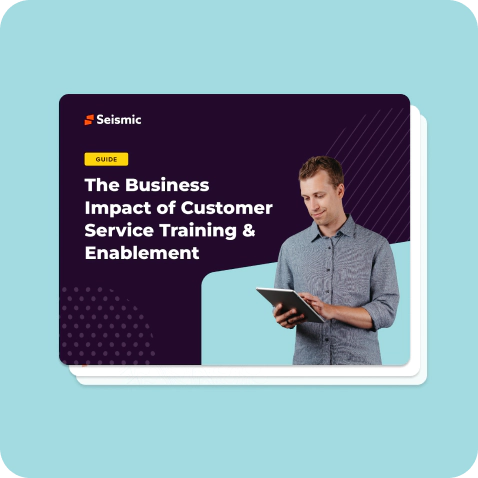GUIDE
The Business Impact of Customer Service Training and Enablement
Learn how customer service enablement boosts productivity and revenue
Get the Guide
About this Guide
Is your team’s customer service at the level it needs to be? Nearly 80% of customers say that the service a company provides is just as important as the products and services it offers. And an estimated $41 billion is lost by U.S. companies each year because of bad customer experiences.
Pave the way for excellent customer service by equipping your reps with the knowledge and skills they need to delight customers with highly-productive interactions.
Explore this guide to learn how customer service enablement improves customer satisfaction, retention, and revenue.
What you’ll learn
- The benefits of customer service enablement
- Customer service enablement’s impact on revenue
- The secret factor to positive customer experiences